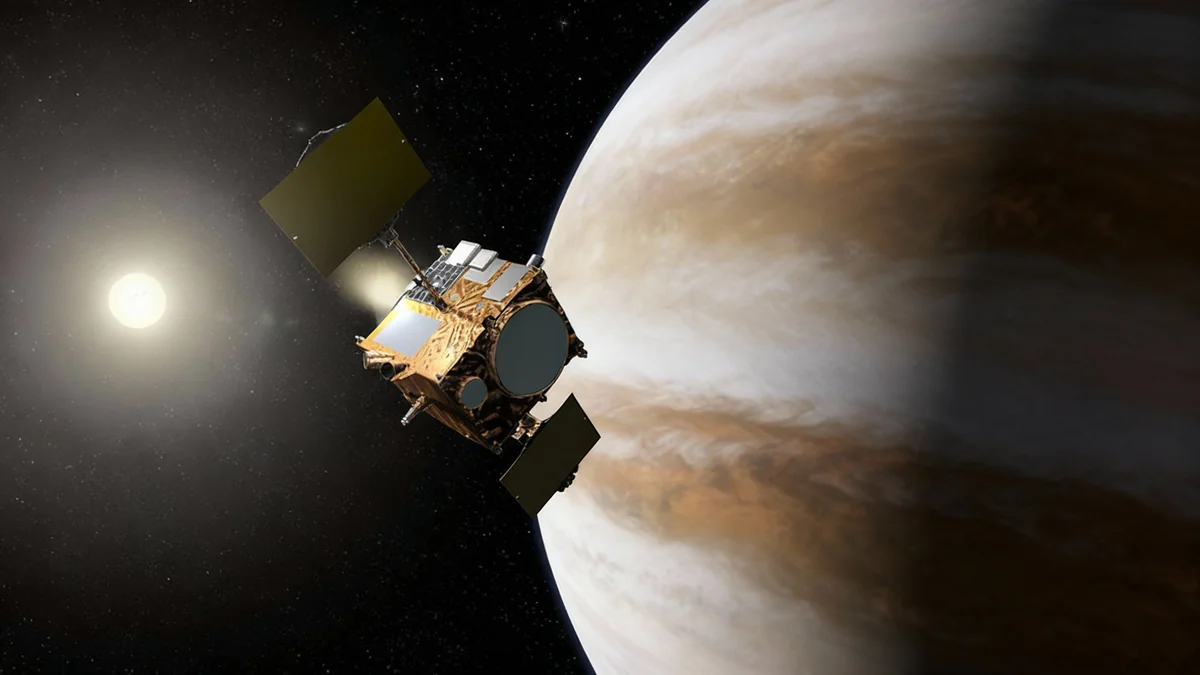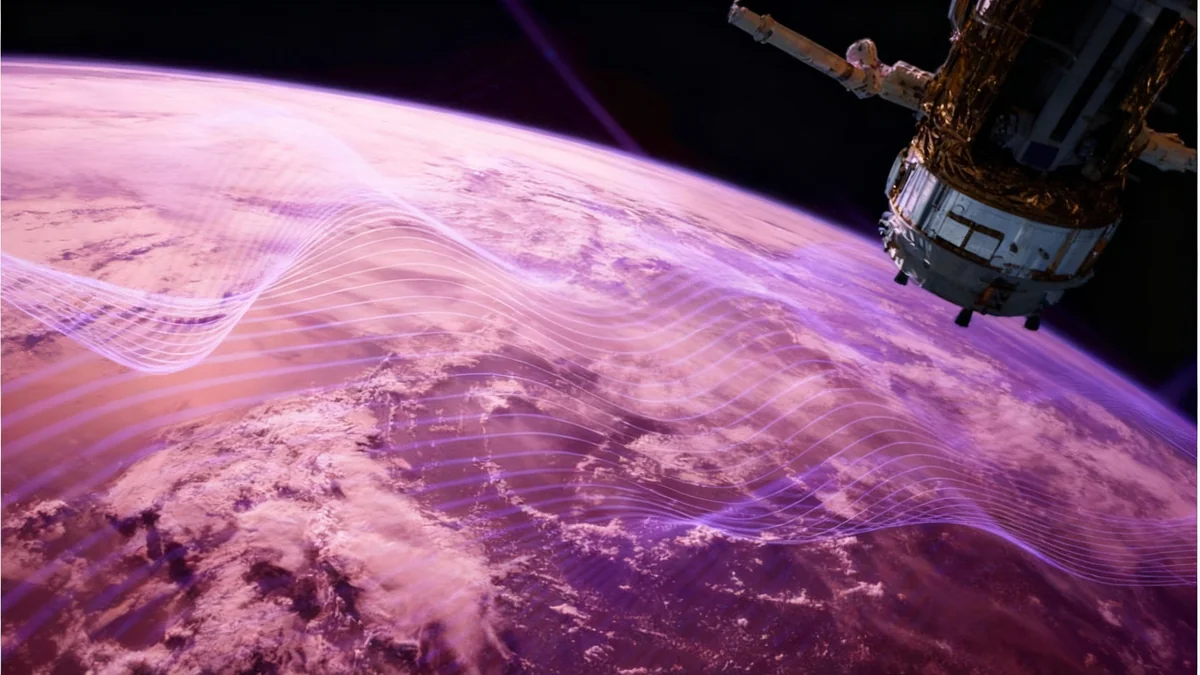A new initiative is leveraging advanced satellite technology to monitor greenhouse gas emissions with remarkable precision, providing policymakers with a powerful tool to track carbon dioxide and methane down to a local level. This high-resolution data offers a near real-time view of pollution sources, transforming how climate change policies can be designed and evaluated.
By processing information from NASA and European Space Agency satellites, researchers have created a global map of emissions trends on a 5-kilometer grid. This detailed perspective allows for the tracking of pollution not just by country, but by individual provinces, cities, and even specific industrial zones, filling a critical gap in environmental data.
Key Takeaways
- New datasets use satellite readings to track CO₂ and methane (CH₄) emissions globally at a 5-kilometer resolution.
- The system provides long-term and short-term emission trend scores for over 36,000 sub-provinces and 13,000 urban areas.
- Data is sourced from NASA’s Orbiting Carbon Observatory-2 (OCO-2) for CO₂ and the ESA’s TROPOMI satellite for CH₄.
- The methodology allows for consistent, evidence-based policymaking by identifying specific areas with rising or falling emissions.
- This approach can be expanded to monitor other pollutants like PM₂.₅, NO₂, and SO₂, offering a comprehensive air quality monitoring system.
A New Eye in the Sky on Climate Change
For years, effective climate policy has been hampered by a lack of timely and localized emissions data. While national estimates provide a broad overview, they often fail to capture the nuances of pollution at the regional or city level, making it difficult to pinpoint problem areas or measure the success of specific interventions.
A new project developed by researchers at the World Bank aims to solve this problem. Using publicly available data from sophisticated Earth-observation satellites, the team has developed a method to produce consistent, high-resolution maps of atmospheric carbon dioxide and methane concentrations. This provides an independent and standardized way to monitor greenhouse gases across the globe.
The system relies on two key instruments orbiting our planet. For carbon dioxide (CO₂), it uses data from NASA's Orbiting Carbon Observatory-2 (OCO-2). For methane (CH₄), it draws on the European Space Agency's TROPOMI instrument aboard the Sentinel-5P satellite. Both follow sun-synchronous orbits, meaning they pass over the same part of the Earth at the same local time each day, ensuring the data collected is consistent and comparable over time.
How Satellites Pinpoint Pollution Hotspots
The core of the new system is its ability to distinguish local pollution from background atmospheric concentrations. Satellites measure the total column of a gas between them and the Earth's surface. To isolate emissions from a specific city or industrial park, researchers must first subtract the naturally occurring background levels of that gas.
The process involves calculating a daily median background concentration for each 10-degree latitude band around the globe. This baseline is then subtracted from the satellite's direct observation, leaving a value known as a "local anomaly." This anomaly represents the excess concentration of CO₂ or CH₄ likely caused by human activity on the ground.
Data at Your Fingertips
The project has generated emission performance scores for:
- 242 countries and disputed areas
- 3,242 provinces
- 36,563 sub-provinces
- 13,636 Functional Urban Areas
- 670 offshore oil and gas zones
These anomalies are then averaged monthly for every 5-kilometer grid cell on Earth. To ensure accuracy, the system only uses observations that meet strict quality scores assigned by NASA and the ESA. This meticulous process filters out unreliable data, for instance, from days with heavy cloud cover.
Overcoming Data Gaps
One challenge with satellite monitoring is inconsistent spatial coverage, particularly in cloudy regions where observations may be sparse. To address this, the researchers developed an adaptive approach. Instead of using a uniform grid size for all areas, the system expands the observation area around a specific cell until it gathers enough high-quality data points for a statistically robust analysis. This method preserves local detail where possible while ensuring reliability across the entire globe.
From Raw Data to Actionable Insights
The final output is more than just a map of pollution; it's a dynamic tool for assessing performance. The system calculates both long-term and short-term emission trends for every geographic area. These trends are translated into a simple performance score ranging from -100 (indicating all significant trends are decreasing) to +100 (all significant trends are increasing).
This scoring allows for easy comparison between different regions. A policymaker can quickly see if emissions in a particular province have been steadily rising over the past five years or if a recent policy change has led to a short-term decrease in pollution in a major city.
Global and Local Trends
Recent data reveals a mixed picture of global efforts. For methane (CH₄), long-term trends show declines in 13,734 subnational areas but rises in 9,675. More recently, the trend has improved, with decreases in 15,143 areas and increases in 8,689. For carbon dioxide (CO₂), recent trends show increases in 10,790 subnational areas compared to decreases in 9,663, highlighting an ongoing challenge.
This granular information is critical for effective climate action. It can help governments allocate resources to the most polluted areas, verify self-reported emissions data from industries, and tailor environmental policies to the specific needs of a community. For example, if an urban area shows a spike in methane, officials can investigate potential sources like landfills or natural gas leaks with greater precision.
The Future of Environmental Monitoring
The potential applications of this technology extend far beyond CO₂ and methane. The same methods and open-access code can be applied to data from other satellites to track a wide range of air pollutants that impact public health.
These include:
- PM₂.₅: Fine particulate matter linked to respiratory and cardiovascular diseases.
- NO₂ and SO₂: Nitrogen dioxide and sulfur dioxide, which contribute to acid rain and smog.
- Carbon Monoxide (CO): A toxic gas resulting from incomplete combustion.
- Ozone: A key component of smog that can damage lung tissue.
By expanding the system to include these pollutants, it could become a comprehensive global air quality monitoring platform. This would not only support climate change mitigation but also provide invaluable data for public health initiatives, urban planning, and environmental justice efforts worldwide.
As satellite technology continues to improve, the resolution and accuracy of this data will only increase, offering an ever-clearer picture of humanity's impact on the atmosphere and empowering a more targeted, evidence-based response to the climate crisis.





